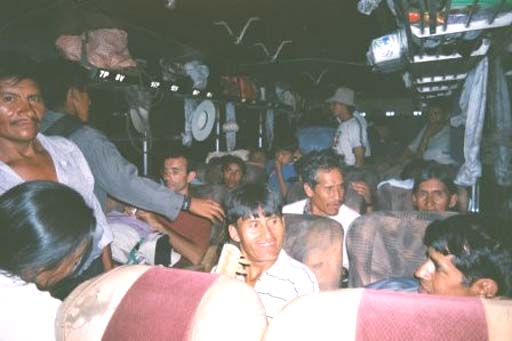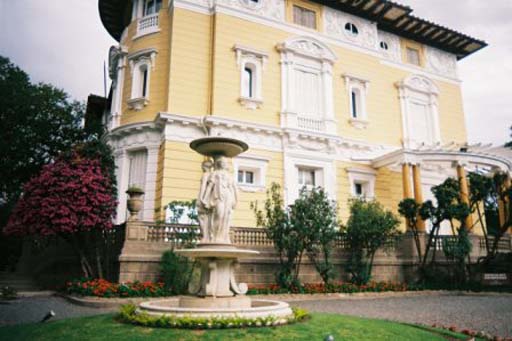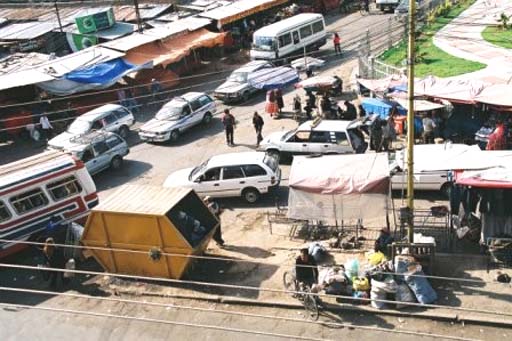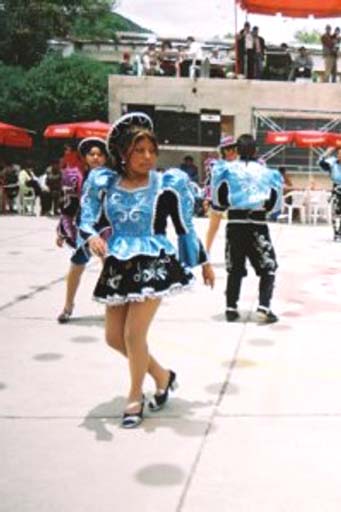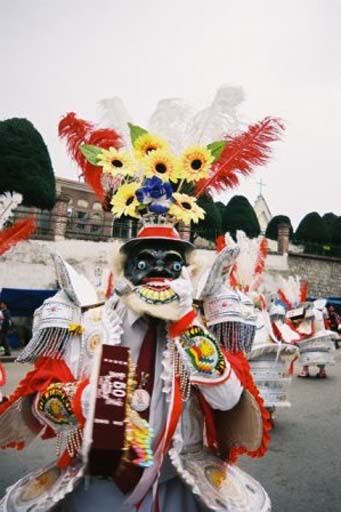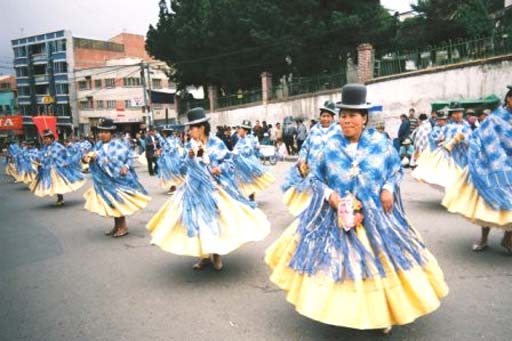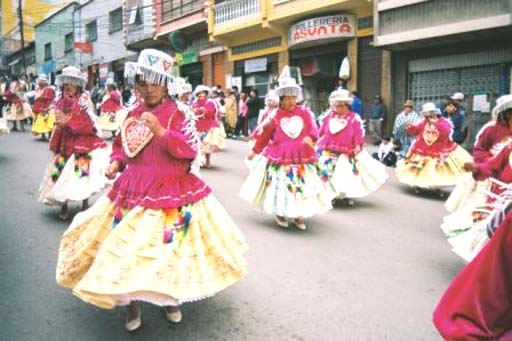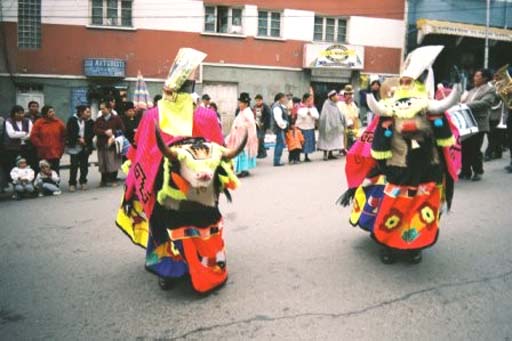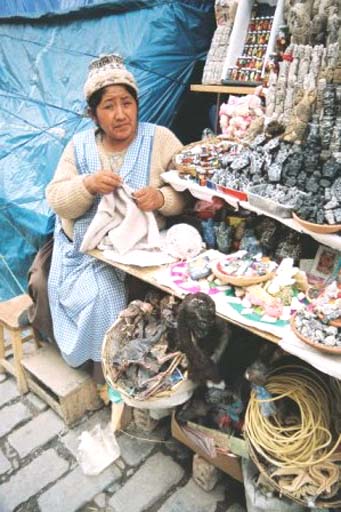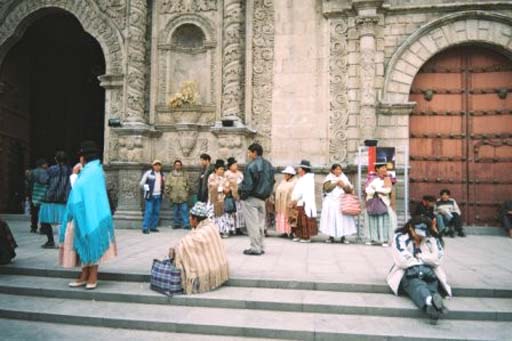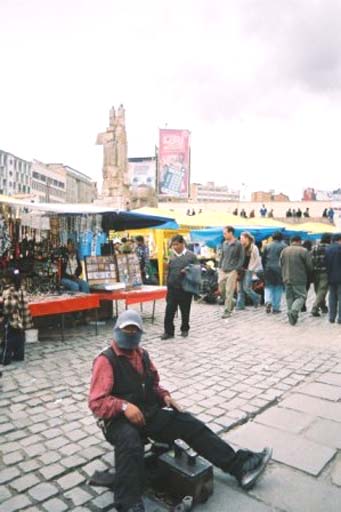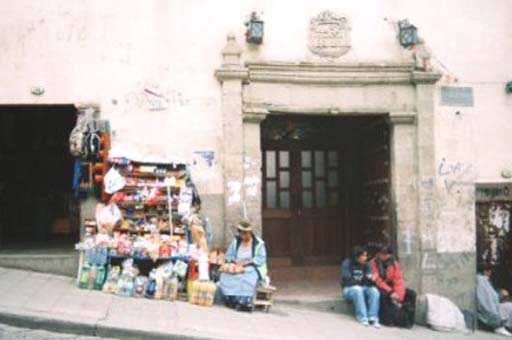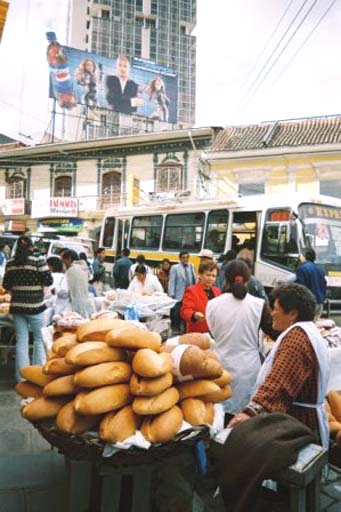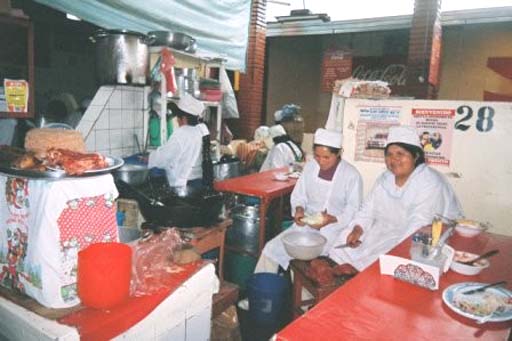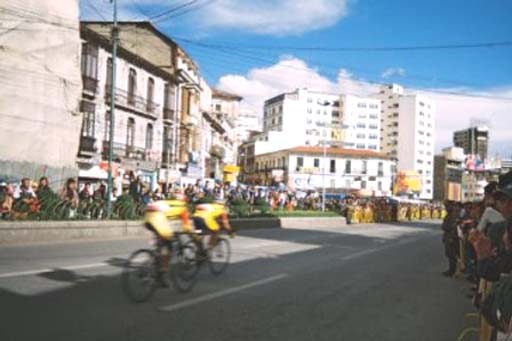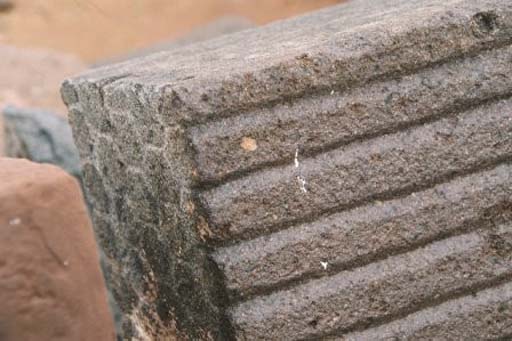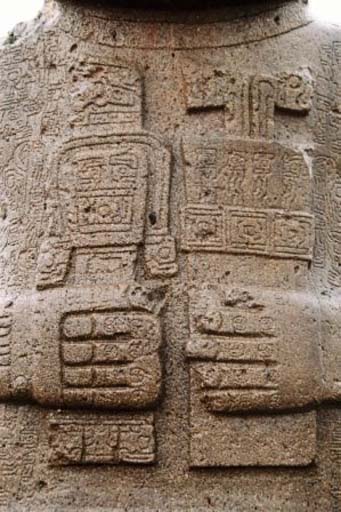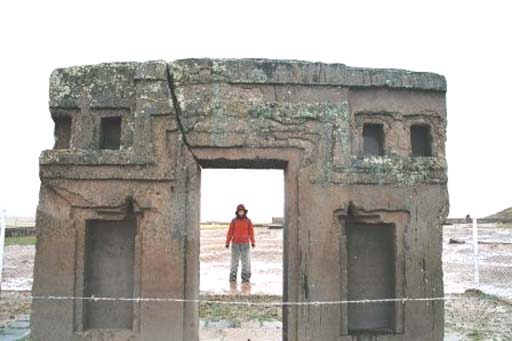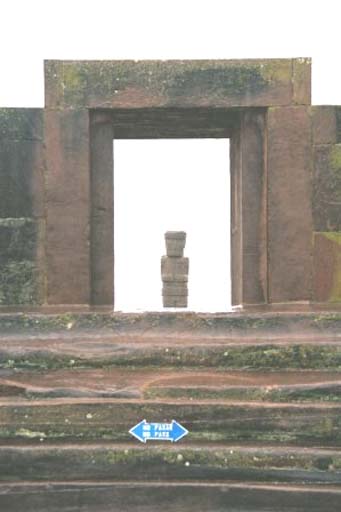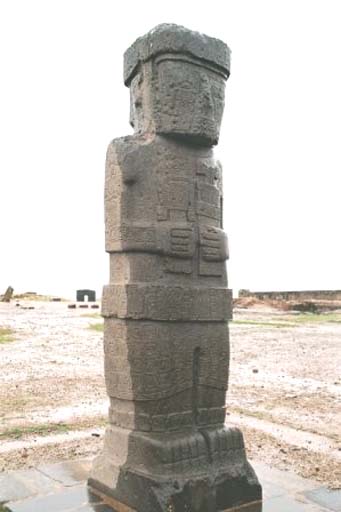T-Rex Was Here
November 19th, 200517 November 2005 (Thursday) – Torotoro, Bolivia
Amazing, despite the extremely bumpy and horrible bus-ride, I think I managed to catch some winks here and there. We arrived in Torotoro at 5+am. As the door exit was still stuck with goods, Naoki and I jumped down from the driver’s seat. Why were the wheels of this bus so damn gigantic? Renaud, Naoki and I looked at one another and had no words for this bus-ride. Like I said, Naoki and I were lucky to sit in front where we could stretch our legs and even sleep a little. Throughout the night, as the campesinos got on and off the bus, they had to climb and walk on the seat-handles, using Renaud’s lap as the jumping-off point for them! Poor thing, Renaud had no sleep at all.
We tottered around the one main street of Torotoro. I knocked on the door of a hostel. No one answered. Renaud spoke to a local man and he said this hostel was too expensive and suggested another dodgier one. But repeated knocks and hollers at the other one came to nothing as well. We were exhausted and famished. We decided to sit at the plaza and wait for a while and try later. Wow, if the bus had arrived at 2am as scheduled (*knowing wink* r-i-g-h-t, ha-ha), and we had done the same knocking and had received no reply, perhaps we were indeed better off arriving at 5+am.
Soon, a lady strolled along by and inquired if we were looking for accommodations. Her hostel was also expensive, at US$6-US$9 per person. But she had an annexe which cost only 20 bolivianos. Excellent. She is Señora Sonia, a very nice lady (I could feel a great aura exuding from her) from La Paz. She woke her husband up to rustle some breakfast for us, while she hurriedly clean the rooms in the annexe.
We collapsed in bed right after and slept til 11+am. We purchased our entrance tickets at the Tourist Office and the guy there would arrange a guide to meet us at 2:30pm this afternoon for a short trek to Cañon Wakasenga. Meanwhile, we strolled around the tiny little town of Torotoro. Everyone was very friendly, greeting us and smiling. We entered the house of a smiling lady making a poncho on the back-strap looming system. As she only spoke Quechua, we could not really communicate until a passing neighbour joined us in the house as well and translated her Quechua into Spanish for me to translate into English for Renaud and nothing for Naoki. Her nimble fingers went in and out of the threads easily but when I tried, I could barely move the stick. It was really difficult.
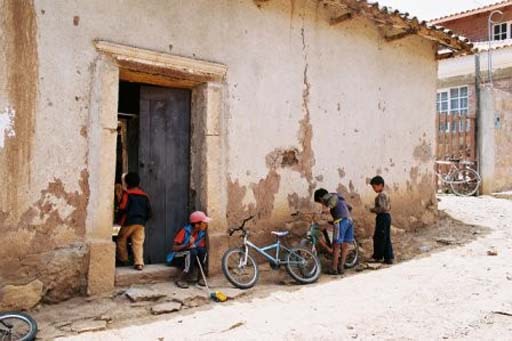
At around 2:30pm, our guide, a 16-year-old cheerful boy named Antonio arrived. He took us first to Cerro Huellas which is a hill of slanted slabs of rocks where dinosaurs tracks had been discovered. Wow, some of them were massive, I believe they were from Stegosaurus – the massive long-necked herbivores dinosaurs!! But many of the tracks were from Tyrannosaurus Rex of various sizes. According to Antonio, the dinosaurs were not from this region but were passing through, leaving their tracks on the mud. It was possible this area had been a lake for the dinosaurs to drink. Then, through the ages, volcanic rocks and ashes covered the area, petrifying the mud and the tracks. Then, as eons of years passed again, the strata of rocks fell through as they eroded, revealing the petrified dinosaur tracks again.

Gosh, this is my first time seeing dinosaur tracks! They are really quite rare, aren’t they?, and we felt absolutely in awe at all the history or actually, pre-history that was around us. We tried to imagine how the place was like at that time epochs ago.

Speaking of strata, the mountains here are like Geography Lesson 1, with the strata or folds of the mountains clearly shown along the entire mountain range. Renaud described them like the teeth around the mouth. Indeed, the slanting surface looked flat (like a tooth) and these inverted-V-shaped mountains just ran through the range (like around a mouth). The folds were like swirls of colours from a paintbrush. Absolutely stunning!
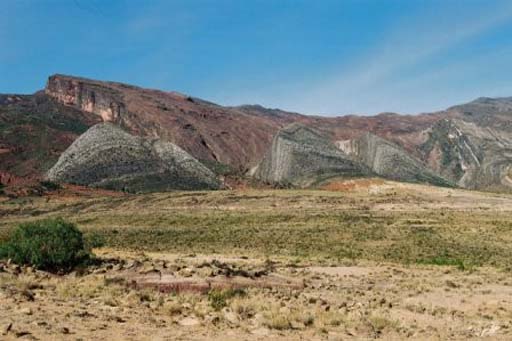
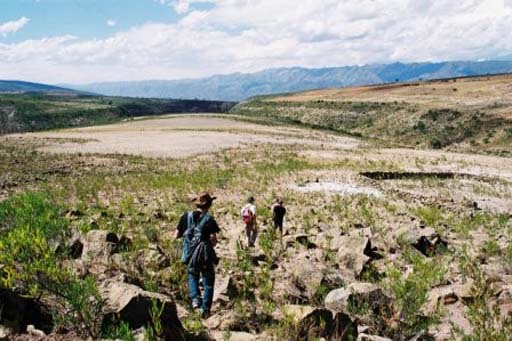
We reached the canyon and hiked down to the bottom. For the guys with long legs, they easily hopped from one rock to another. I clumsily had to climb down and up them. But we soon reached the area where the waterfall was. The water had come out from holes around the wall of the canyon. The whole area was covered with thick and green moss. Lovely. The name of the canyon is Wakasenga in Quechua and it means ‘Nose of Cows’, because water came out from these holes…er… presumably like mucus from the nose of cows suffering from flu.
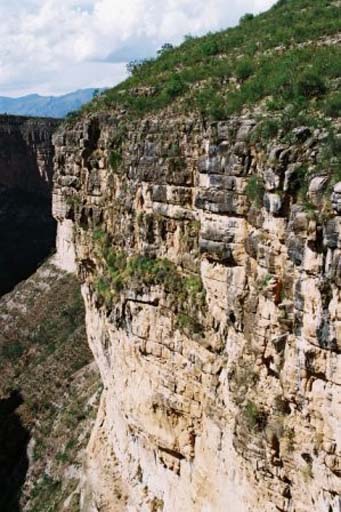
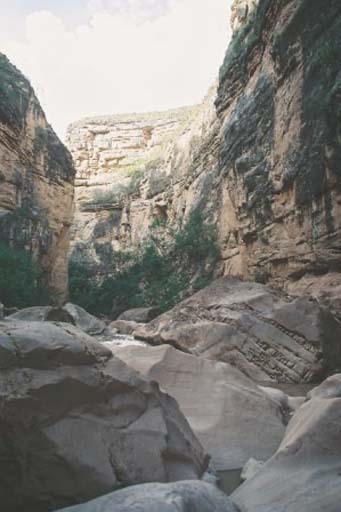
Upon our return, Antonio showed us more dinosaur tracks of T-rex and Triceratops. We were all thoroughly enchanted by what we saw. I mean, this place was really magical to us. We had already forgotten the horrid bus-ride.

